5 Most Massive Black Holes Discovered So Far In The Universe
Categories: Aerophoto | Space | Technology | World
By Vika https://pictolic.com/article/5-most-massive-black-holes-discovered-so-far-in-the-universe.htmlBlack holes are among the most massive known objects in the universe. They are so massive that their gravitational pull exceeds the speed of light. Light, the fastest known thing in the universe, cannot escape a black hole’s gravity. While all black holes are massive, some are far more massive than others. The largest black holes referred to as supermassive black holes, generally exist within the cores of massive galaxies. What are the five most massive black holes ever discovered?
5 PHOTOS
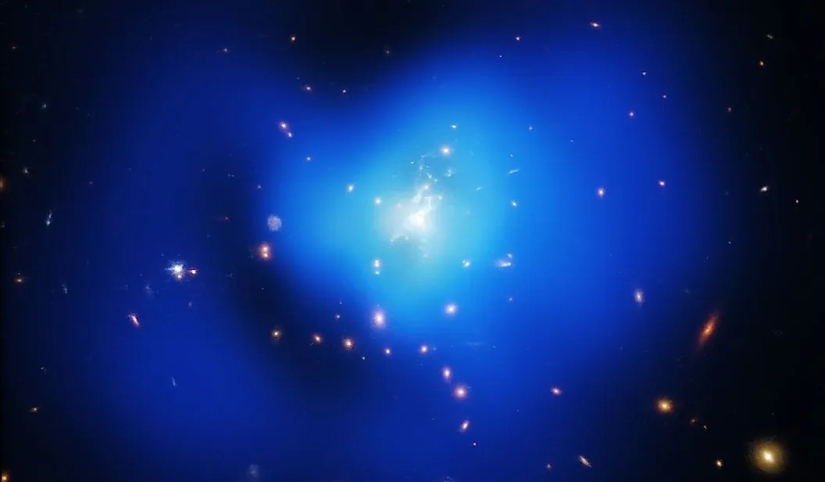
1. Phoenix A Black Hole
Phoenix Cluster.
To date, the most massive black hole ever discovered is in the Phoenix Cluster, a large cluster of multiple galaxies. The black hole itself is in the central galaxy of the cluster. While the exact mass of the black hole is not known, estimates place its mass at around 100 billion suns. This black hole is more massive than even some larger galaxies, and it is over 24,000 times the mass of the supermassive black hole at the center of the Milky Way. The diameter of the black hole is an estimated 366.9 billion miles (590.5 billion kilometers), making it over 100 times larger than the distance between the sun and Pluto.
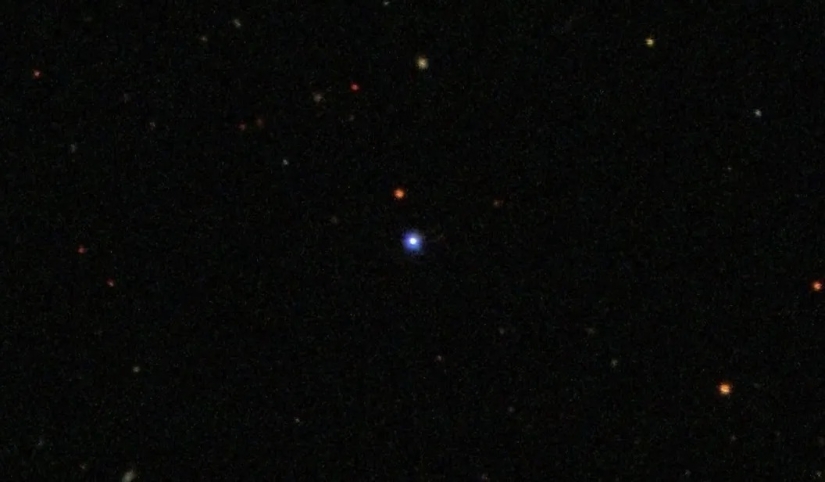
2. TON 618
TON 618. Image credit Sloan Digital Sky Survey, Apache Point Observatory, Astrophysical Research Consortium via Wikimedia Commons
TON 618 is a supermassive black located just over 10 billion light years away. With a mass of 66 billion suns, it is one of the most massive black holes ever found in the universe. TON 618 was first observed in 1957, yet at the time, scientists had no idea what it was. TON 618 is currently producing what is known as a quasar: massive beams of high energy radiation emitted by supermassive black holes. The existence of quasars was unknown prior to 1963, and so when TON 618 was first discovered, scientists were unaware that it was a supermassive black hole. The quasar itself is one of the brightest known objects in the universe, being over 140 trillion times brighter than the sun. The quasar is so bright that scientists cannot observe the galaxy containing TON 618.
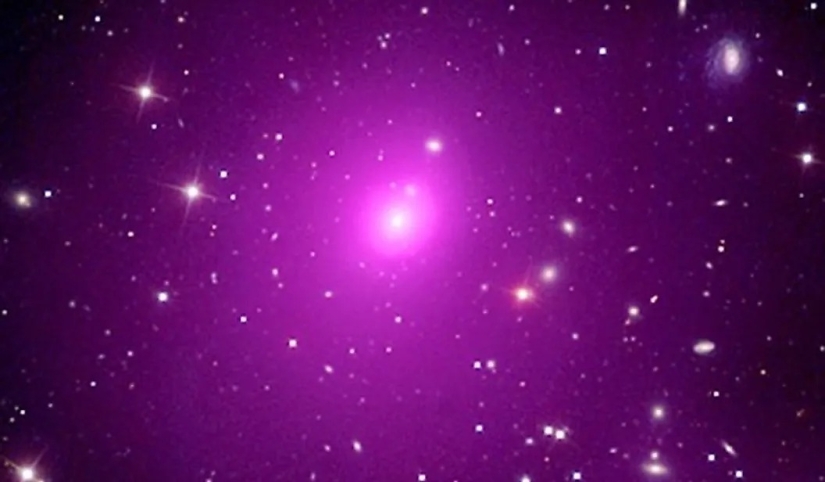
3. Holmberg 15A
Holmberg 15A.
Holmberg 15A is a massive elliptical galaxy located some 700 million light years away. At the core of this galaxy is one of the most massive black holes ever found, having a mass of around 40 billion suns. Scientists believe that the black hole at the core of Holmberg 15A grew to its current size by merging with countless other black holes, allowing it to increase its mass over time.
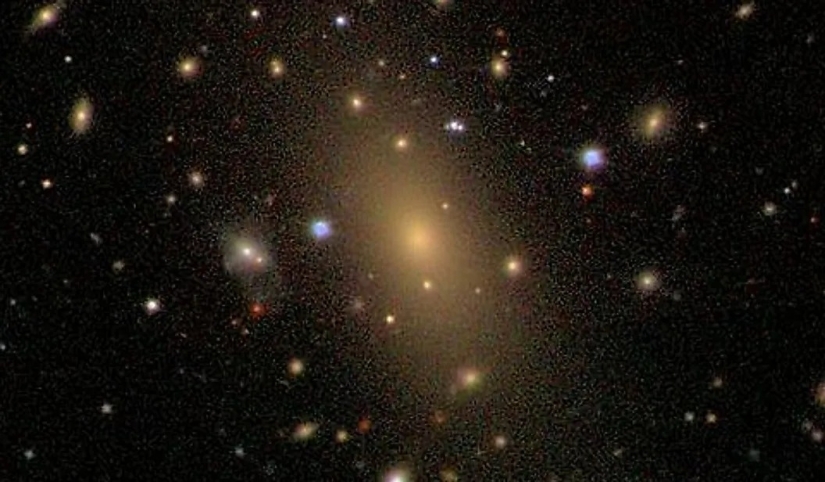
4. IC 1101
IC 1101 is a supergiant elliptical galaxy and the largest known galaxy in the universe. At its core, is one of the most massive black holes ever found. The galaxy itself has an estimated diameter of 6 million light years and is 1.1 billion light years away. The central black hole of IC 1101 has an estimated mass of around 40 billion suns and is currently producing vast amounts of high energy radiation that move outwards from the black hole as beams of light.
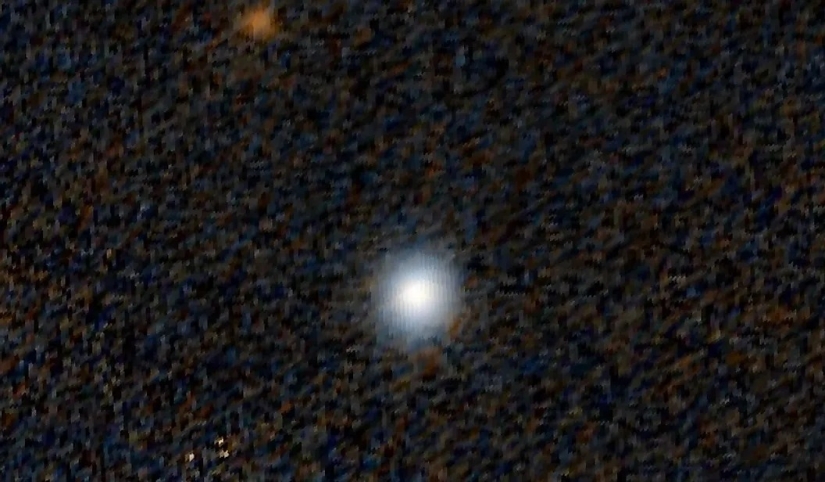
5. S5 0014+81
S5 0014+81.
S5 0014+81 is a supermassive black hole with a mass of around 40 billion suns. In addition to being one of the most massive known black holes, it is also producing a quasar that has a brightness of 300 trillion suns, making it one of the brightest known objects in the universe. It is almost 25,000 times brighter than our entire galaxy. S5 0014+81 has an estimated diameter of 149 billion miles (240 billion kilometers), making it 40 times larger than Pluto’s orbit. S5 0014+81 is one of the oldest black holes ever found, having formed less than 2 billion years after the Big Bang, which suggests that supermassive black holes played an important role in the formation and evolution of early galaxies.
Keywords: Black Holes | Universe | Galaxy | Space | Milky Way | Planets | Supermassive black holes | Gravity | Massive galaxies
Post News ArticleRecent articles

Everyone knows that annoying advertising letters sent by email are called spam. But few people thought about what this word means ...

Always interesting to learn or discover something new and interesting. The thirst for knowledge and curiosity is what animates our ...
Related articles

The life of people on other planets no longer seems like a perfect fantasy, as a few decades ago. Space exploration is being ...

The question of what space smells like may not be considered topical, but, you must agree, it would be interesting to find out. It ...

Astrophotography makes visible what is invisible to the eye and reveals the beauty of the night sky. I capture the light traveling ...

Nowadays, children at New Year's parties shine in a variety of outfits depicting hundreds of different characters, from banal ...